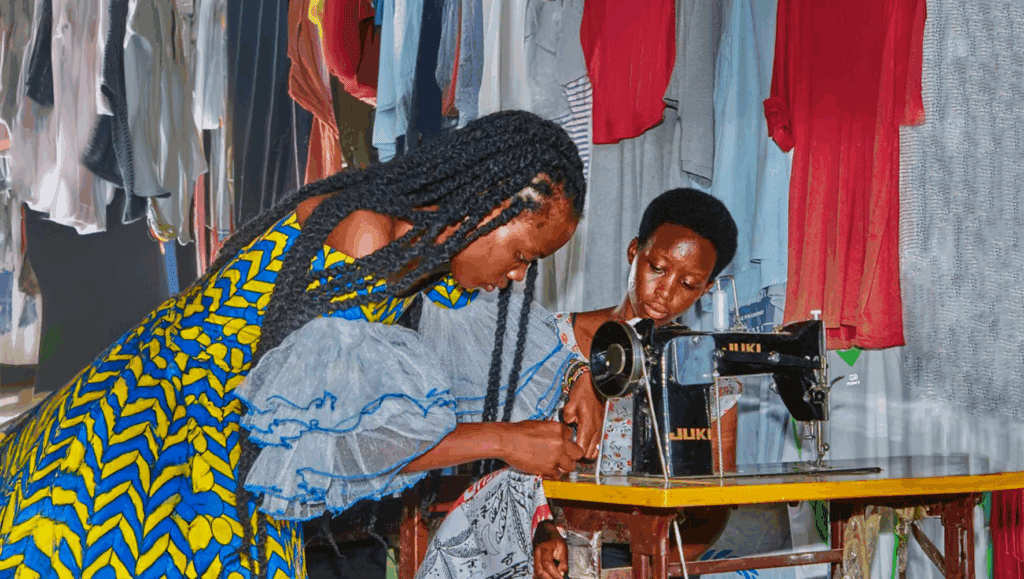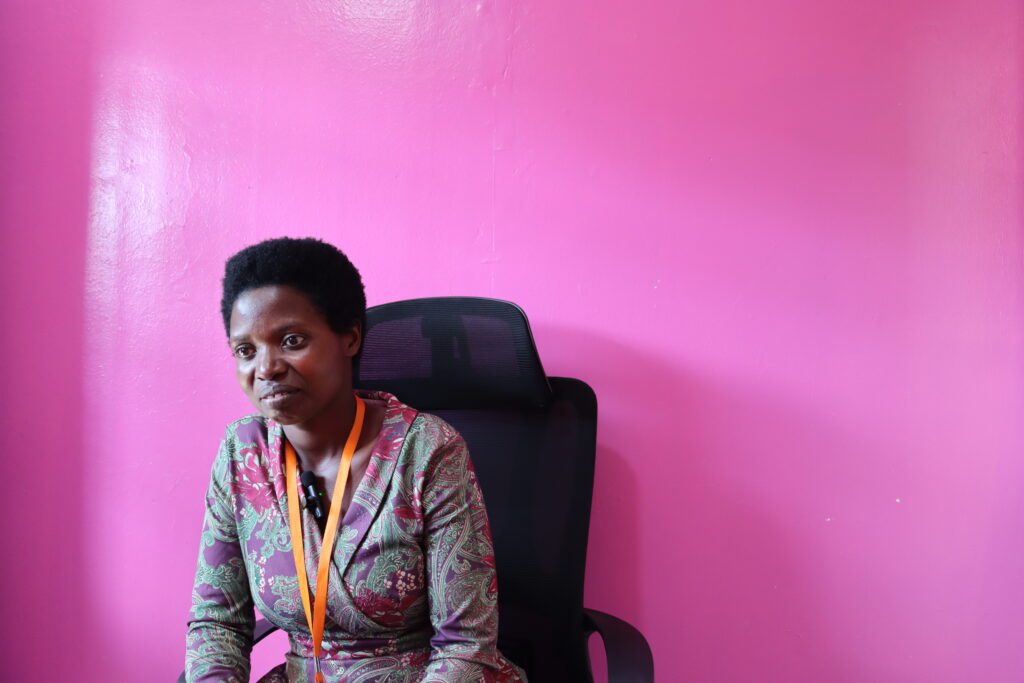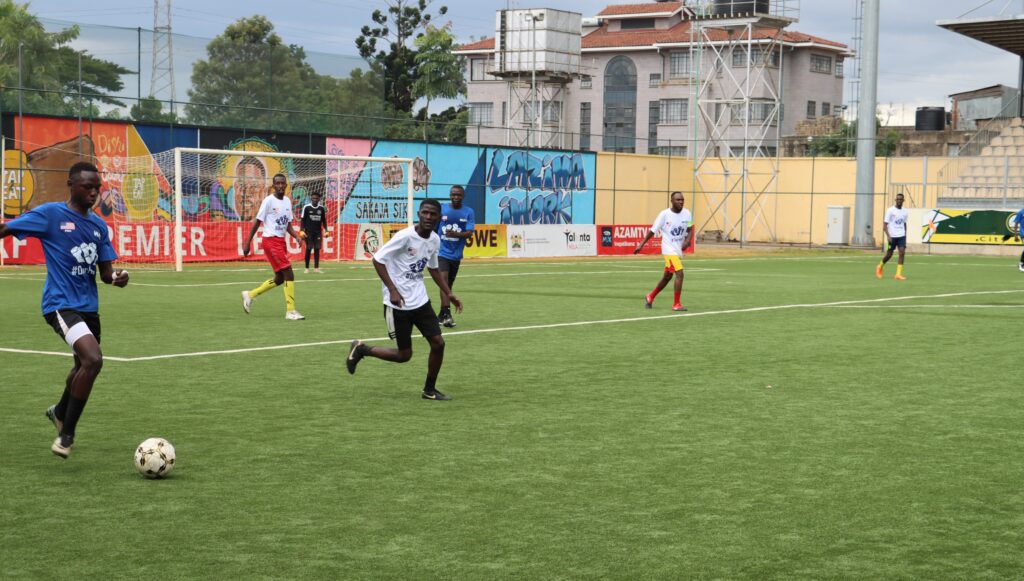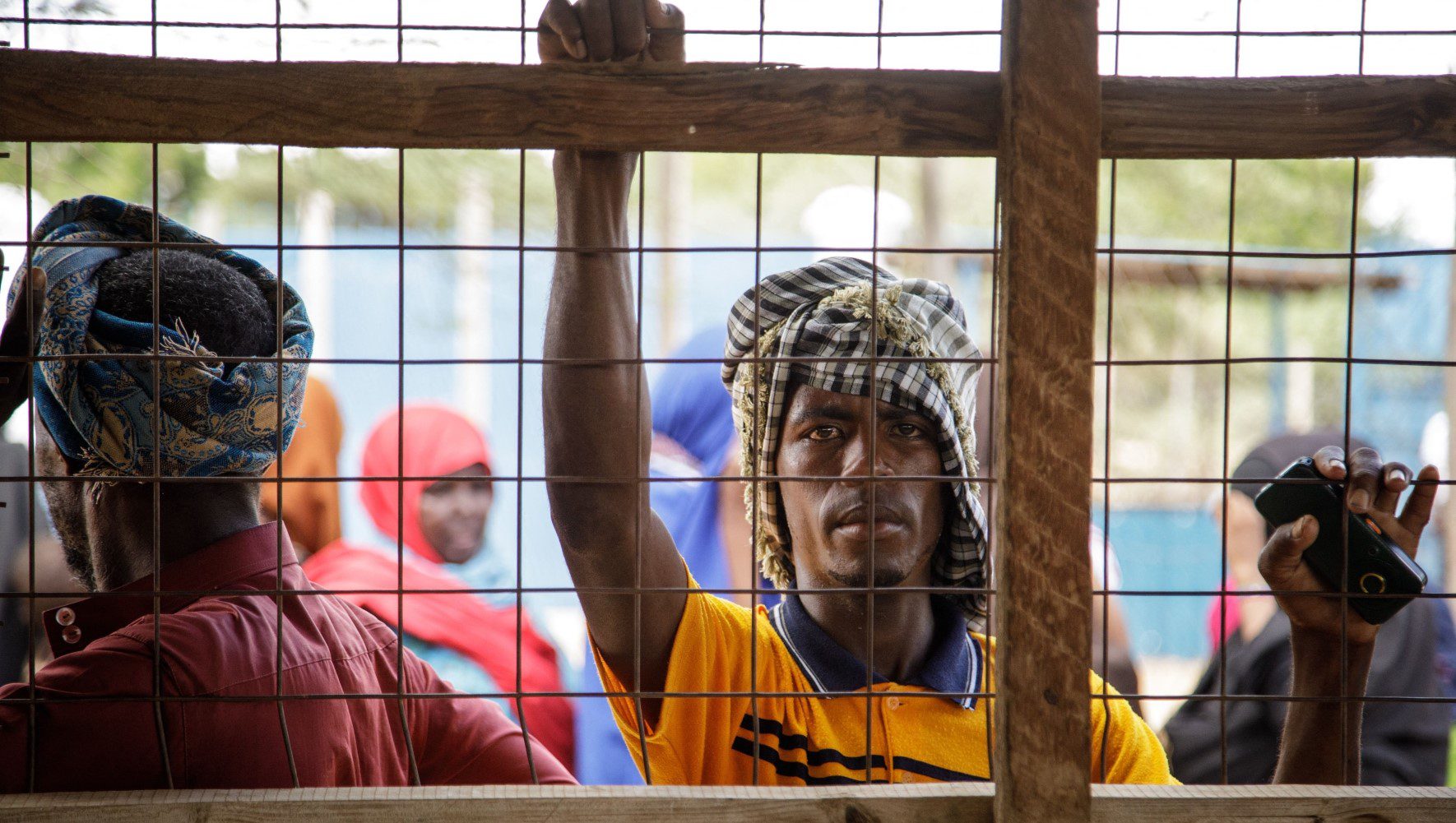
Kenya, East Africa’s largest economy, is also the fifth-largest host country for displaced people in the world. Kenya hosts more than 830,000 refugees and asylum seekers who have fled neighboring countries struggling with conflict, including Somalia and South Sudan.
Refugees and asylum seekers in Kenya are granted legal protections under national and international law. However, in reality it is often difficult for displaced people to access their full rights.
Protracted displacement, limited access to services, and growing tensions with host communities pose significant challenges for refugees in Kenya. However, the recent Shirika plan aims to address these challenges by promoting integration of refugees with their host communities.
HIAS has been active in Kenya since 2002, supporting the rights and well-being of displaced people. But what exactly is the current landscape for refugees in Kenya? Read more to find out.
Where do refugees in Kenya come from?
Refugees and asylum seekers in Kenya are people who have fled conflict and persecution in neighboring countries. Most people originate from Somalia, South Sudan, the Democratic Republic of Congo (DRC), Ethiopia, and Burundi.
Somalis constitute the largest group of refugees in Kenya, and many have lived in the country for over three decades due to persistent insecurity and climate crises in Somalia. More than half of Somali refugees are under the age of 18 and have spent their entire lives in the Dadaab refugee camp in Kenya.
South Sudanese refugees, who have fled political instability and more recently a brutal civil war, mainly reside in the Kakuma refugee camp. In recent years, rising violence and political conflict in Ethiopia and Burundi have also contributed to growing numbers of people from those countries seeking safety in Kenya.
Kenya hosts more than 830,000 refugees and asylum seekers who have fled neighboring countries struggling with conflict, including Somalia and South Sudan.
Kenya has a new refugee policy. What does that mean?
For many years, Kenya followed a camp-based policy for refugees. This means that the vast majority of refugees were restricted to living in designated refugee camps — primarily Dadaab and Kakuma, two of the largest in the world.
While these camps provide essential shelter, food, education, and healthcare through coordination with UNHCR and various NGOs, they also restrict refugees’ freedom of movement, employment prospects, and integration into Kenyan society. These limitations contributed to a growing influx of refugees seeking livelihood opportunities in urban areas.
Although approximately 100,000 refugees live in urban areas like Nairobi, it is estimated that even more people reside there without the required documentation. This undocumented population often lives in hiding, fearing return to the camps, and lacks proper papers, making them vulnerable to harassment, detention, or deportation.
The Kenyan government has announced plans to phase out refugee camps by 2026 and implement the Shirika Plan, a new settlement model designed to integrate refugees more fully into host communities by creating urban areas. This approach aims to foster economic empowerment, self-reliance, and resilience among both refugees and host communities. However, the implementation of this plan has sparked concern among refugees about their future and rights.
Your support matters
What rights do refugees have in Kenya and what barriers do they face?
In theory, refugees are entitled to non-refoulement, access to education and healthcare, and the right to work. However, in practice, these rights are not always honored, with refugees at risk of being returned to dangerous situations in their country of origin. Kenya’s encampment policy also limits refugee rights. Refugees must obtain special permits to leave the camps, and work opportunities are scarce.
While the Refugee Act of 2021 and Shirika plan promise greater economic empowerment for refugees, many challenges remain in its enforcement. Bureaucracy, economic constraints, limited refugee engagement, lack of infrastructure, and legal and policy barriers continue to hinder progress.
In addition, recent cuts to humanitarian aid have led to decreases in food rations and will lead to cuts of critical assistance, such as legal support, economic empowerment, and social services. Meanwhile, the World Food Program (WFP), in collaboration with UNHCR and the Kenyan government, has introduced a differentiated assistance model, which aims to support refugees and asylum seekers based on their individual needs rather than their status.
Kenya’s refugee system remains under pressure, and while the country has made significant strides in recognizing refugee rights, the road to full integration and protection remains long.
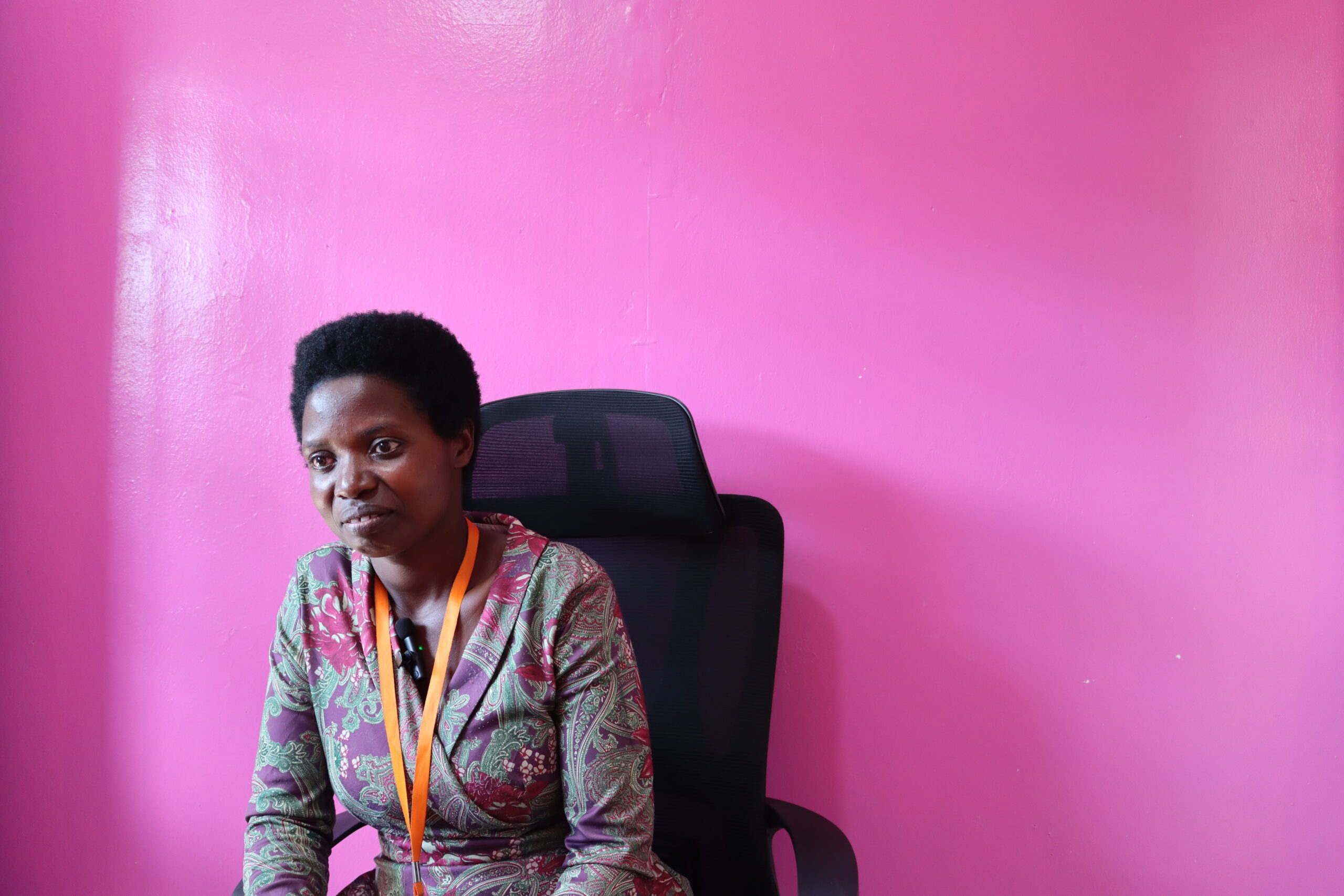
HIAS Kenya Helps Everyone, Wherever They’re From
Read MoreHow is HIAS supporting displaced people in Kenya?
HIAS protects and supports refugees to build new lives and reunite with family members in safety and freedom. HIAS Kenya integrates best practices with a focus on community-based protection and empowerment. We work to advocate and promote durable solutions for refugees, including local integration, safe and voluntary repatriation through referrals to UNHCR, and third-country resettlement.
HIAS Kenya’s core work encompass safeguarding refugees through providing legal support, strengthening their economic empowerment, and advocating for their rights and well-being. In addition, HIAS Kenya works to end violence against women and girls and provide child-friendly spaces, as well as provide a safe space and transit center for at-risk urban refugees who have heightened security concerns.
